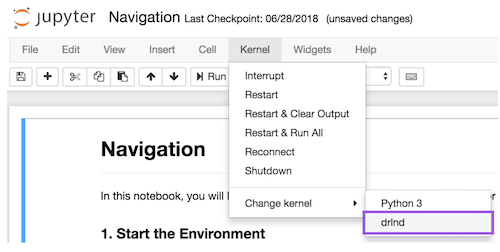Training the robot to play tennis in the Mixed Cooperative-Competitive Environments.
For this project, Training two robot players control rackets to bounce a ball over a net as many times as possible. If an player hits the ball over the net, it receives a reward of +0.1. If an agent lets a ball hit the ground or hits the ball out of bounds, it receives a reward of -0.01. Thus, the goal of each agent is to keep the ball in play.
The observation space consists of 8 variables corresponding to the position and velocity of the ball and racket. Each agent receives its own, local observation. Two continuous actions are available, corresponding to movement toward (or away from) the net, and jumping.
The task is episodic, and in order to solve the environment, your agents must get an average score of +0.5 (over 100 consecutive episodes, after taking the maximum over both agents). Specifically,
After each episode, we add up the rewards that each agent received (without discounting), to get a score for each agent. This yields 2 (potentially different) scores. We then take the maximum of these 2 scores. This yields a single score for each episode. The environment is considered solved, when the average (over 100 episodes) of those scores is at least +0.5.
Unity Machine Learning Agents (ML-Agents) is an open-source Unity plugin that enables simulations to serve as environments for training intelligent agents. For this project, work with the Tennis environment.
The Project is for Udacity Deep Reinforcement learning nd.
- Linux: click here
- Mac OSX: click here
- Windows (32-bit): click here
- Windows (64-bit): click here
(For AWS) If you'd like to train the agent on AWS (and have not enabled a virtual screen), then please use this link to obtain the "headless" version of the environment. You will not be able to watch the agent without enabling a virtual screen, but you will be able to train the agent. (To watch the agent, you should follow the instructions to enable a virtual screen, and then download the environment for the Linux operating system above.)
-
Create (and activate) a new environment with Python 3.6.
- Linux or Mac:
conda create --name drlnd python=3.6 source activate drlnd- Windows:
conda create --name drlnd python=3.6 activate drlnd
-
Clone the repository (if you haven't already!), and navigate to the
python/folder. Then, install several dependencies.
git clone https://github.com/udacity/deep-reinforcement-learning.git
cd deep-reinforcement-learning/python
pip install .- Create an IPython kernel for the
drlndenvironment.
python -m ipykernel install --user --name drlnd --display-name "drlnd"- Before running code in a notebook, change the kernel to match the
drlndenvironment by using the drop-downKernelmenu.
conda activate drlnd
jupyter notebook
Then select Continuous_Control.ipynb and running
We use SemVer for versioning. For the versions available, see the tags on this repository.
- Multi-Agent Actor-Critic for Mixed Cooperative-Competitive Environments(MADDPG)
- Continuous Control With Deep Reinforcement Learning(DDPG)
- Distributed Distributional Deterministic Policy Gradients(D4PG)
- Benchmarking Deep Reinforcement Learning for Continuous Control
- Openai Baselines
- Tom Ge - Fullstack egineer - github profile
This project is licensed under the MIT License


